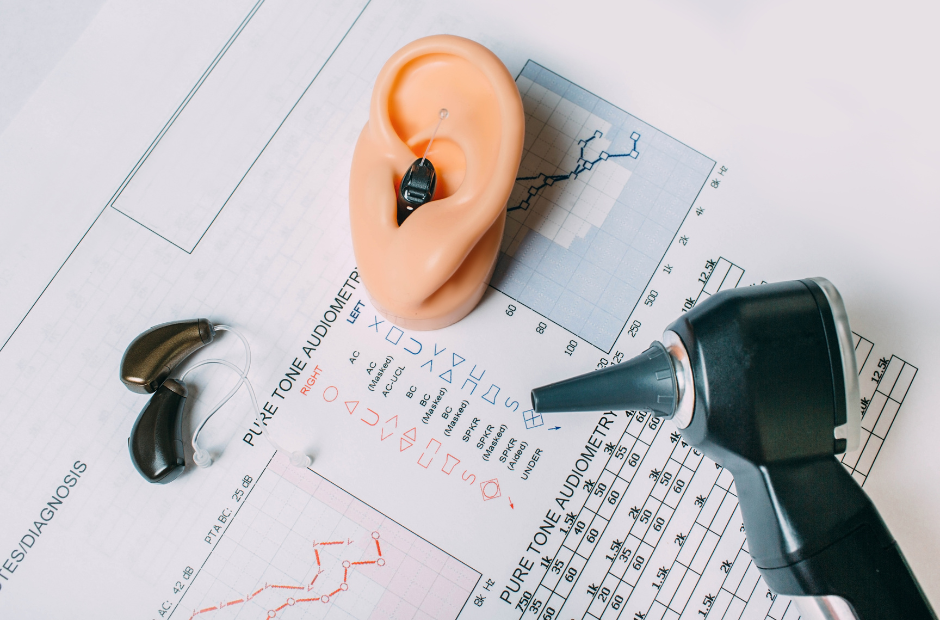If you work in Indigenous health, there’s something you may hear from outsiders: “They get free healthcare, don’t they?” Or: “Must be nice to never have to deal with insurance bills.” Or “I don’t understand why there are so many healthcare issues on reservations when they can all go to the doctor for free.”
To say this is wildly, dramatically, wrong is an understatement. In a perfect world, sure, Native people would get top-shelf healthcare without paying a dime. We all would. But in the real world, Native Americans can face bigger barriers – economics, provider shortages, transportation – than others. Those barriers can be so insurmountable that they stop patients from getting any care at all.
Here’s how that plays out for the Reed family, a multigenerational household dealing with the typical health needs of any family. 52-year-old Carla is in good health but has had trouble getting mammograms at her local IHS facility. She’s also trying to find an audiologist to treat her 78-year-old father, a veteran with severe tinnitus. Recently her daughter and 5-year-old grandson have moved in with them, and they’ve noticed little Hayden is mixing up the pronunciation of his “p’s” and “b’s;” his teacher has recommended he be evaluated by a speech-language pathologist.
Is all of this treatment accessible and free for the Reed family? Not at all. And to understand the factors in play here, we need a quick review of Native American treaties and the rights to healthcare.

The history of Native American healthcare
Tribal nations governed themselves for millennia before European settlers arrived. Since colonizing the U.S., the U.S. government has vacillated between taking control and honoring Native sovereignty. Federally recognized tribes and the government established agreements as far back as the late 1700s; the Department of War provided some health services for Native Americans until the Office of Indian Affairs took over. Indian Health Services (IHS)was established in 1955.
Later, the Indian Self Determination and Education Assistance Act (1975) and Indian Healthcare Improvement Act (1976) created the 638 entity, allowing “Indian tribes” and “Tribal organizations” to enter a self-determination contract to take over certain programs, including healthcare. Today, by treaty, the US government continues to be responsible for Native healthcare by consulting with Tribes and advocating for policy, legislative, and budgetary healthcare planning.
So what does this mean for the Reeds? Like other Native Americans, they have the right to participate in all public, private, and state health programs, while also having treaty rights to federal healthcare through the Department of Health and Human Services. In practice, Carla, her daughter, and grandson – like 70% of their Native neighbors – don’t have third-party or private insurance, while Carla’s father has Medicare. They receive most of their care through the IHS facility on their reservation.

Barriers to Care
When Carla tries to schedule healthcare appointments for her family, here are a few of the issues she encounters.
Underfunding and lack of specialty care. Her IHS facility lacks some equipment, such as a mammography machine. There’s no audiologist to treat her father and no telemedicine equipment to connect him to an audiologist in another city. He also can’t receive cardiology services beyond echocardiography. The nearest speech pathologist who can evaluate Hayden is three hours away.
Transportation. Carla has a car but her daughter does not. Their house on the reservation is nearly an hour from the IHS clinic. This forces Carla to take time off from work to chauffeur her daughter and grandson or father to local appointments. When they take Hayden to the speech pathologist for a forty-minute evaluation, they must pay for a motel room to stay overnight.
Staff turnover. Carla has noticed that providers rarely stay long at her local IHS facility – she suspects that’s because it is in a remote location. Her father, who does not trust easily, has lately refused to attend his appointments there, rather than deal with yet another new physician. He says the providers rush him in and out of the exam room and cut him off when he speaks. When Carla’s daughter breaks her wrist, they wait more than five hours in the ED waiting room to be seen.
But Carla also worries about money. While they do not pay for medical or dental care at their IHS facility, they do need to pay for care anywhere else out of their own pocket – which leads to their provider referring them to the Purchased/Referred Care (PRC) program.

Understanding Purchased/Referred Care (PRC)
The Purchased/Referred Care (PRC) program is part of IHS – and it has a lot of influence over patients and the care they can receive and afford. When families like the Reeds don’t have third party insurance, they can seek funding for outside care through the PRC Program.
But it’s not an entitlement program. Instead, they must be approved for it and meet the many requirements for residency, notification, medical priority, and other Federal regulations and guidelines. Luckily, the Reeds are eligible. But they are turned down – because the facility’s PRC funds have already been exhausted for the year.
The Reeds can’t afford to pay for the audiologist and hearing aids, the speech assessment and therapy. Carla finds a low-cost mobile mammogram bus, but now faces the cost of a biopsy at a breast cancer clinic that is four hours from her home. And that’s where we leave the Reeds in this story – burdened by rising medical costs, untreated for some conditions, and forced to return again and again to the IHS emergency department for everything else.
Paying the ultimate price
Health disparities can’t be addressed unless every person can access quality care, both financially and geographically. As our President Whittney LaCroix said, “There’s a common misconception that our healthcare is free. But it’s not free at all. Our people have paid for that healthcare with our lands, our lives.” Today, it seems Native patients are still paying the ultimate price and getting shortchanged in return.

